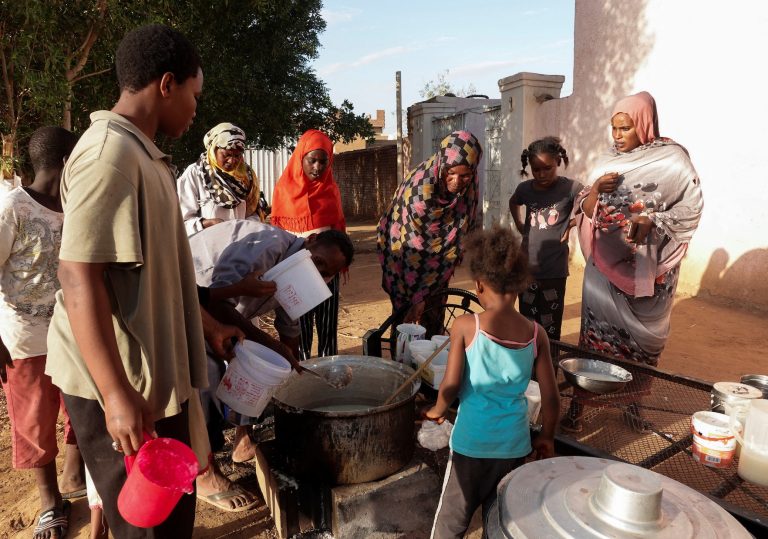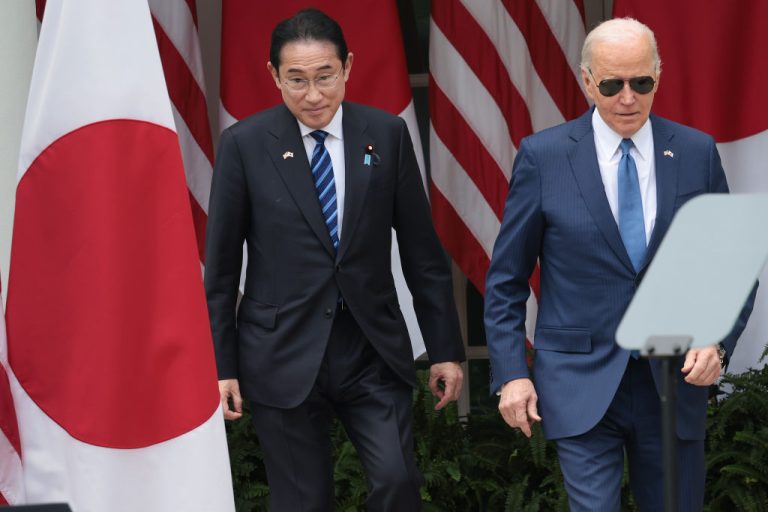The Wuhan Institute of Virology (WIV) created a PCR test template for the monkeypox virus only a few months ago, a recently published study shows.
In the study, published Feb. 22 in Virologica Sinica, the official journal of the Chinese Society for Microbiology, and available on ScienceDirect, a team of nine WIV researchers documented how they utilized a technique to assemble two critical genes for use in monkeypox detection in PCR assays.
Using transformation-associated recombination (TAR), a method of utilizing a special characteristic found in yeast that allows for exogenous DNA fragments to be recombined and isolated, the Wuhan Institute was able to combine the E9L gene of pan-orthopoxviruses and the C3L gene of the Congo Basin clade of the monkeypox virus for use in quantitative PCR testing.
RELATED READING:
- Synthetic Biology: The New Paradigm of Genetic Engineering
- Chinese Pregnancy and Parenting Apps Sought To ‘Normalize’ Baby Formula Over Breastfeeding: Study
- UK Scientists Say mRNA Gene Therapy Can Regenerate Human Hearts
- Study Finds COVID Spike Protein Created in Vaccines ‘Hijacking’ Human Body DNA Repair and Adaptive Immune System Mechanisms
- Pfizer Vaccine Modifies DNA In as Little as 6 Hours: Study
“Monkey poxviruses (MPXVs) are large DNA viruses with reported genome sizes ranging from 190,083 to 206,372 bp in length. As a member of the Orthopoxvirus genus in the family Poxviridae, MPXV is subdivided into the West African and Congo Basin clades,” the study reads.
“The latter is more pathogenic and has been reported to infect humans in various parts of the world,” it adds.
Success
You are now signed up for our newsletter
Success
Check your email to complete sign up
And continues, “Quantitative polymerase chain reaction (qPCR) is the gold standard for the detection of orthopoxvirus (including MPXV).”
Synthetic viruses
The study itself, first uncovered by The National Pulse, is relatively innocuous, focusing on—and succeeding in—proving that a specific method can be employed to overcome a technical shortcoming of the TAR technique wherein DNA repair causes TAR to produce false products.
In the process, researchers explain that TAR “has become essential for preparing infectious clones of large DNA/RNA viruses,” serving as an “efficient tool for assembling large DNA fragments up to 592 kb in length.”
But cautioned that TAR is powerful, noting a 2017 study also conducted by WIV researchers that showed it could be used to assemble a totally synthetic baculovirus from scratch.
Additionally, the WIV cited a 2020 study published in Nature that demonstrated TAR was used to “successfully assemble[d] the full-length cDNA clone of SARS-CoV-2,” the virus that causes Coronavirus Disease 2019, in under a week.
In 2018, University of Alberta researchers at the Li Ka Shing Institute of Virology were funded by Tonix Pharmaceuticals to “synthesize a full-length horsepox virus genome and recover it into an infectious virus,” said the WIV scientists.
In the qPCR study, the Wuhan Institute’s scientists stated, “This DNA assembly tool applied in virological research could also raise potential security concerns, especially when the assembled product contains a full set of genetic material that can be recovered into a contagious pathogen.”
Based on this reasoning, the team stated, “In this study, although a full-length viral genome would be the ideal reference template for detecting MPXV by qPCR, we only sought to assemble a 55-kb viral fragment, less than one-third of the MPXV genome.”
“This assembly product is fail-safe by virtually eliminating any risk of recovering into an infectious virus while providing multiple qPCR targets for detecting MPXV or other Orthopoxviruses,” they concluded.
The timing of the study, however, may raise alarm bells for many considering the WIV’s notorious connection to the SARS-CoV-2 pandemic and the timing of the study’s release just months before today’s monkeypox outbreak that spurred the CCP-friendly World Health Organization to commence an emergency meeting in response.

















